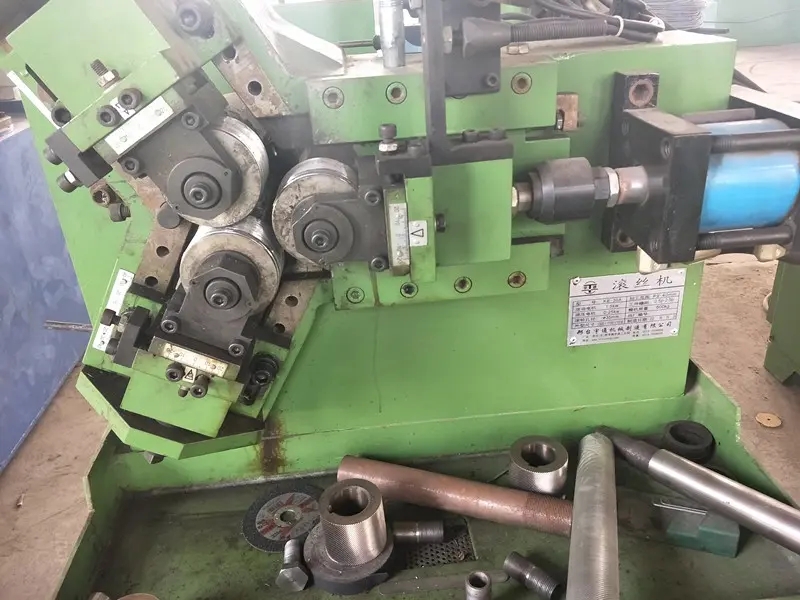
Trapezoid Roof Sheet Forming Machine An Overview
In the modern world of construction and architecture, the demand for efficient, reliable, and durable roofing solutions has surged. Among these solutions, trapezoid roof sheets have gained immense popularity due to their strength, aesthetic appeal, and ease of installation. To meet the growing demand for such products, manufacturers have developed specialized machines known as trapezoid roof sheet forming machines. This article explores the significance, functionality, and benefits of these machines in the roofing industry.
Understanding Trapezoid Roof Sheets
Trapezoid roof sheets are metal panels with a distinctive trapezoidal shape, which provides both structural support and an attractive design. These sheets are commonly made from materials like galvanized steel, aluminum, or other metal alloys, offering excellent resistance to corrosion, weather, and wear. Their design allows for effective water drainage, enhancing the longevity and performance of roofs. The trapezoidal shape also contributes to strength and stability, making these sheets ideal for various applications, including residential, commercial, and industrial buildings.
The Role of Trapezoid Roof Sheet Forming Machines
The trapezoid roof sheet forming machine is a specialized piece of equipment designed to transform raw metal coils into finished trapezoid-shaped roof sheets. These machines operate through a series of processes, including roll forming, cutting, and sometimes additional features like embossing or profiling. By utilizing high-precision technology, these machines can produce consistent, high-quality sheets with uniform dimensions.
One of the primary features of a trapezoid roof sheet forming machine is its roll forming capability. The machine consists of a series of rollers that gradually shape the metal coil into the desired trapezoidal profile as it passes through. This continuous process ensures that the material maintains its structural integrity and optimizes material usage, minimizing waste.
Benefits of Using Trapezoid Roof Sheet Forming Machines

1. Efficiency and Productivity These machines are designed for high-speed production, allowing manufacturers to produce a large volume of roof sheets in a relatively short amount of time. This efficiency is crucial for meeting the demands of commercial projects and construction timelines.
2. Cost-Effectiveness By automating the production process, trapezoid roof sheet forming machines reduce labor costs and the potential for human error. The ability to create sheets from raw coils also lowers material costs since manufacturers can purchase in bulk and utilize every portion of the coil.
3. Customization Modern machines often come with the capability to create customized profiles, thicknesses, and lengths based on client specifications. This flexibility enables manufacturers to cater to a wide range of projects, ensuring they can meet individual customer needs.
4. Durability and Quality With advanced engineering and precision technology, these machines ensure that the produced sheets adhere to high-quality standards. This results in durable roof sheets that can withstand harsh weather conditions, extending the lifespan of roofing systems.
5. Environmental Impact As industries move towards sustainable practices, the efficiency of trapezoid roof sheet forming machines contributes to reducing waste and energy consumption in production. Moreover, metal roofs are often recyclable, making them a greener choice in construction.
Conclusion
The trapezoid roof sheet forming machine is an indispensable tool in the roofing industry, enabling manufacturers to produce high-quality, durable roofing solutions efficiently and effectively. As construction demands evolve, these machines will continue to play a critical role in delivering innovative roofing products that meet the needs of modern architecture. By investing in such technology, manufacturers not only enhance their productivity but also contribute to the overall sustainability of the construction sector. With the ongoing advancements in machine technology, the future of trapezoid roofing looks brighter than ever.